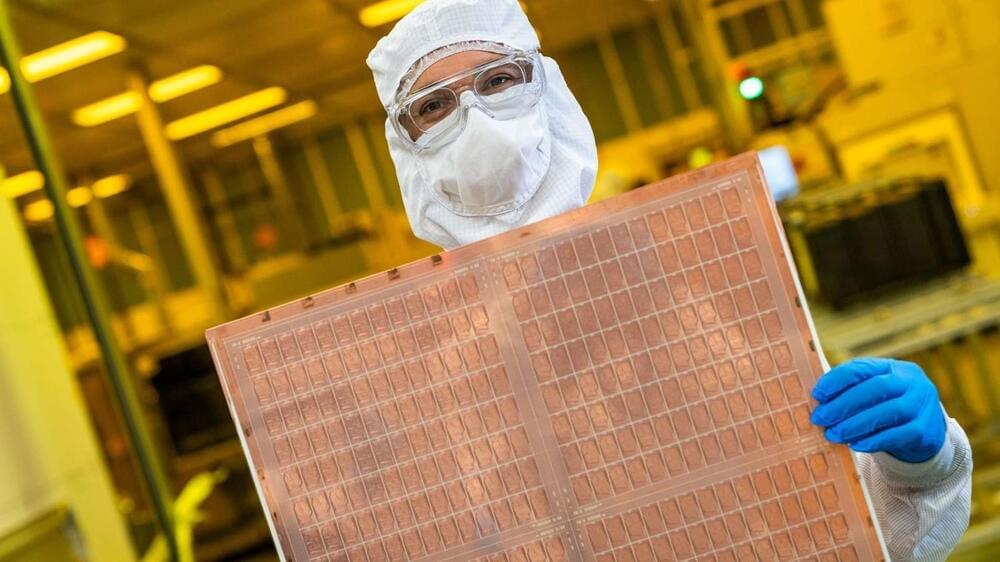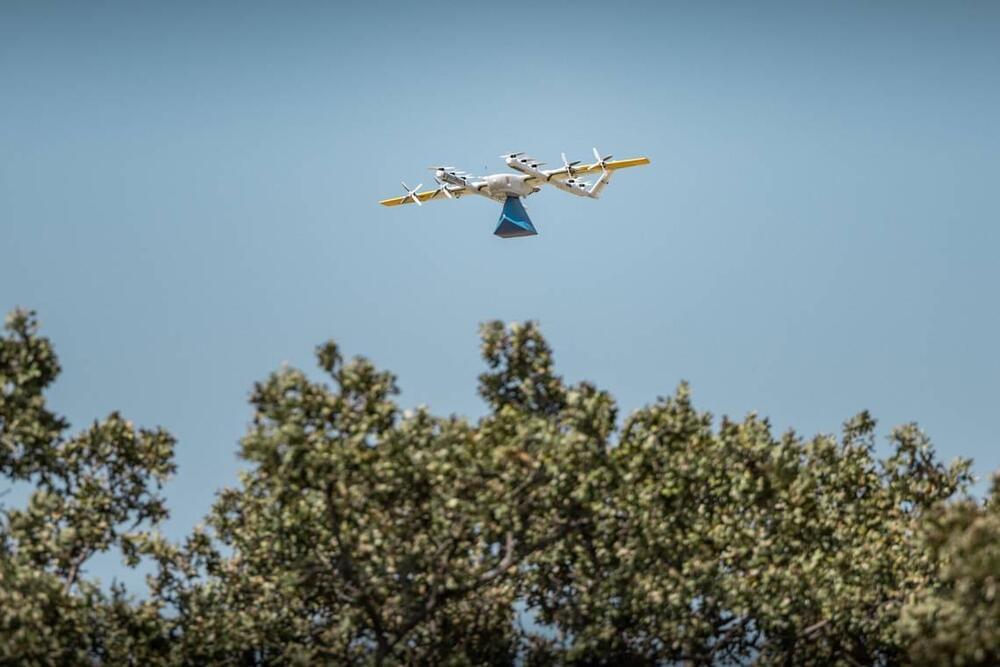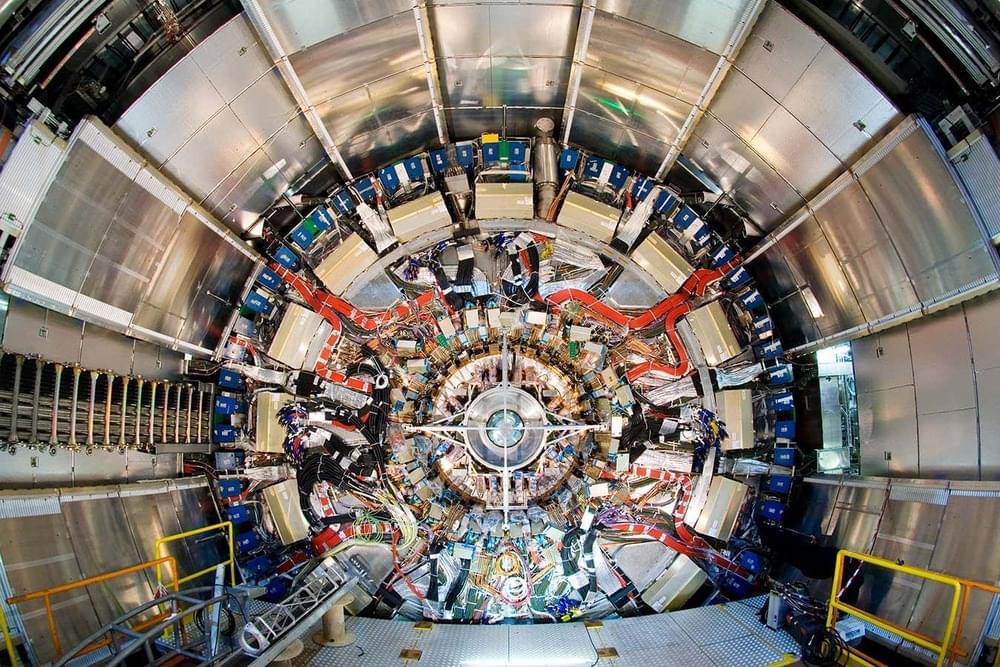Intel has been in the semiconductor chip manufacturing game for a while. Recently, it’s been looking to expand its foundries and production to the point where it could make cutting-edge chips for other companies, a territory we normally associate with TSMC and Samsung.
Currently, Intel is building and ramping up manufacturing in North America, Mexico, and Germany — and these foundries will be doing a lot more than simply creating chips for the latest generation of Core processors. Earlier this year, Intel and Arm announced a partnership to build mobile SoCs on Intel’s 18A process node, and we’ve even heard from the likes of NVIDIA stating that it’s open to working with Intel to produce its hardware.
All of this makes the recent statement from Darren Grasby, the executive vice president for strategic partnerships and president of AMD EMEA, a little shocking. His words were harsh when asked if Intel would succeed in its ambitious plans to build global foundries and develop and create chips for multiple companies. To say the least!
Some harsh words from an AMD exec who doesn’t think Intel’s global foundry expansion and semiconductor manufacturing will drum up new customers.








